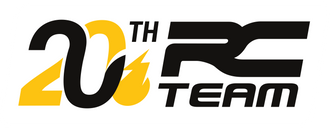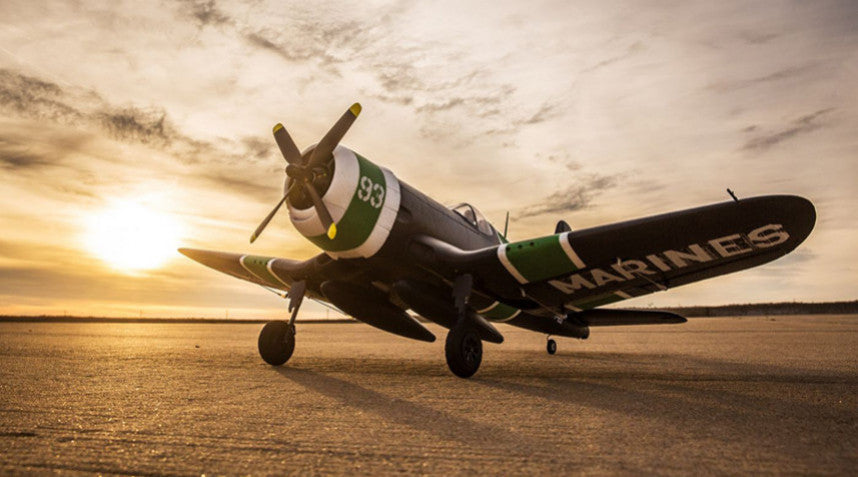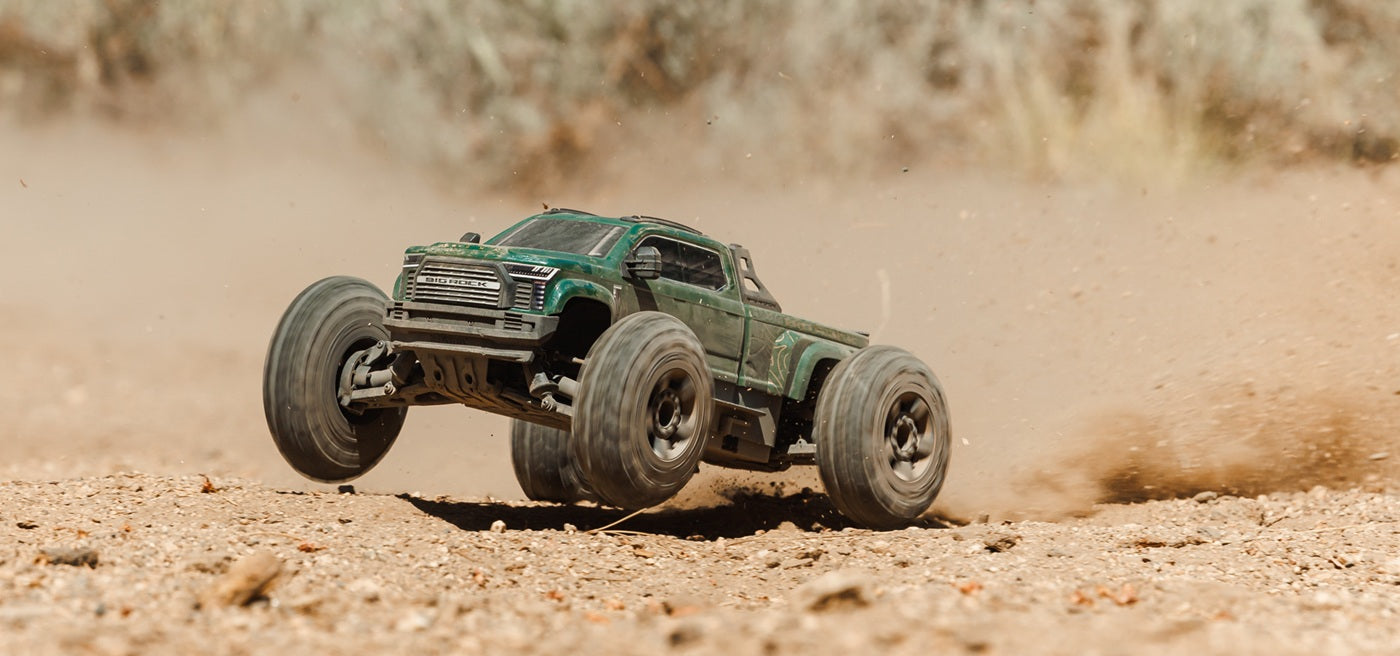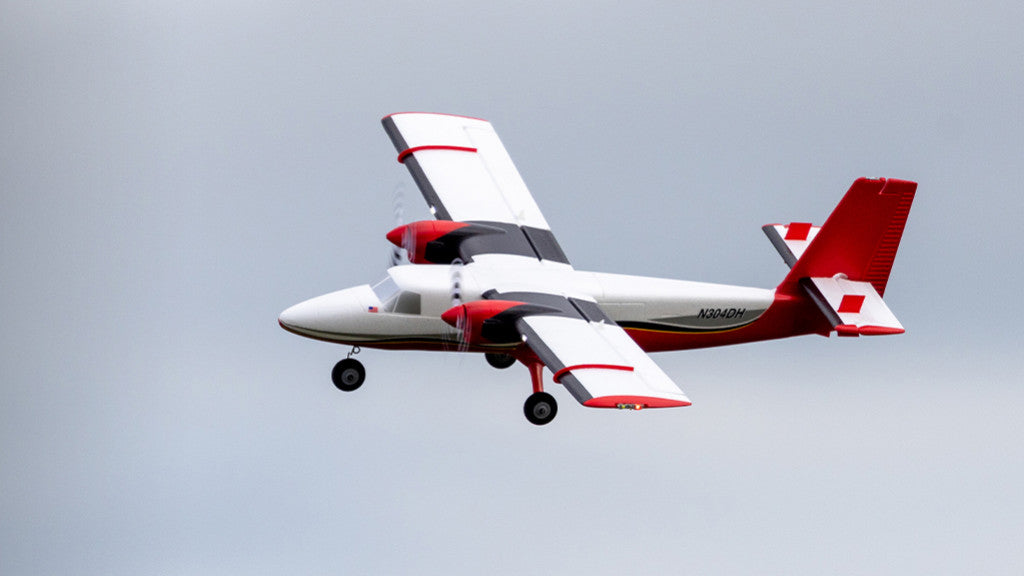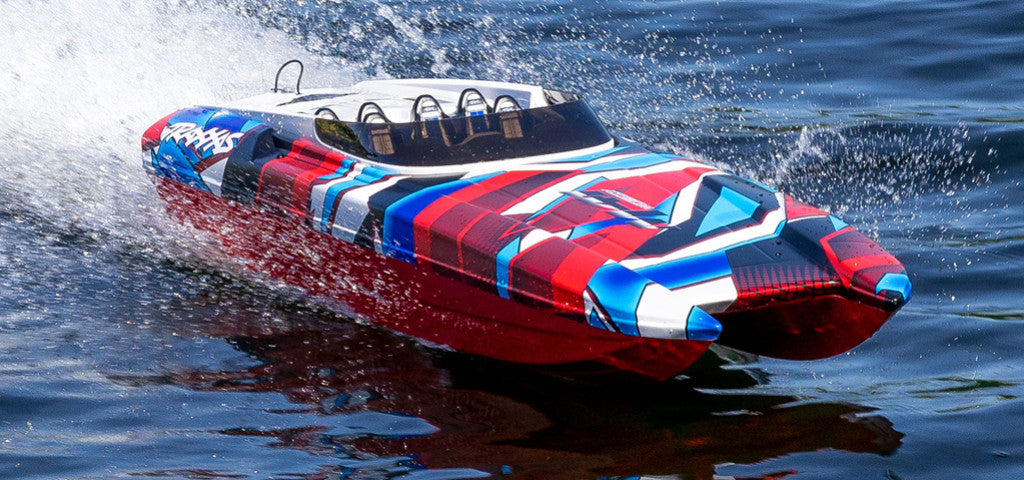What is an RC radio controlled plane?
An RC plane is a flying machine that is controlled from land via radio control . The manufacturers of these planes are constantly innovating to offer models that are increasingly maneuverable and easy to assemble, which contributes to making this toy very popular.
In addition to the obvious pleasure it provides to lovers of scale models and original toys, the RC plane is also an excellent training tool for learning to pilot . Moreover, there are a multitude of different models to satisfy all profiles. We will try to guide you in choosing a simple and very stable model, ideal for getting started.
The different aircraft models
|
|
Early planesStarter planes are perfect for learning how to fly a radio controlled plane . Their high wings are specially designed to offer maximum stability. They are available for sale here . |
|
|
Aerobatic planesAerobatic planes are highly sought-after models by aeromodellers, but they require experience and a certain level of piloting skills. Their ergonomics and characteristics are chosen to free the plane and perform maximum aerobatics . They are available for sale here . |
|
|
The jetsJets are fast and powerful aircraft, popular for high-speed RC racing. They are suitable for experienced pilots and available for sale here . |
|
|
Micro planesThese small planes are particularly suitable for beginners thanks to their low cost and the possibility of flying them in a small space such as the garden or the park. They are available for sale here . |
|
|
GlidersThese planes are model gliders. They use ascending currents to fly effortlessly, in thermal flight or slope flight . They can be supplied with or without a motor and are available for sale here . |
|
|
The WarbirdsWarbirds are scale models of authentic military aircraft. Many of these designs are inspired by World War II aircraft . They are available for sale here . |
|
|
The flying wingsFlying wings are a very streamlined type of glider, without a fuselage or empennage. It is an aircraft that uses ascending currents to allow itself to be carried for a long time , while saving the battery as much as possible. This type of aircraft is perfect for carrying a camera and taking aerial shots . They are available for sale here . |
How do I choose my first plane?
Design
You can easily be tempted by graphic and fast aircraft models but, when you are a beginner, the most important thing is stability. Your first flights require a very stable machine so that you can get the hang of it and acquire the level necessary to pilot racing planes.
Stability
As we said previously, the key word for the amateur pilot is stability. We advise beginners to choose a high-wing aircraft . The high wings are oriented upwards and provide greater stability to the aircraft.
Food
There are two types of power supplies for an RC plane: electric or thermal. Electric planes are cheaper, easier to maintain and less noisy, therefore better suited to beginners.
The number of channels
In modeling, the number of channels or channels indicates the number of actions possible via the radio control. For example, a 3-way radio offers the possibility of controlling elevator, rudder and throttle. Today there are extremely complex radios with sometimes up to 16 channels. We recommend favoring a simple model with 3 or 4 channels .
Choosing the type of kit
You will find acronyms next to the name of the planes such as BNF, RTF, PNP or even ARTF. They indicate the trim level offered with the aircraft so that you can choose between an almost completely assembled and complete model or a kit aircraft that experienced pilots can customize. We advise you to opt for a complete RTF kit (pre-assembled and complete aircraft) or a BNF kit (pre-assembled aircraft but the compatible radio transmitter must be provided).

Some things to know before your first flight
Radio frequency
Each radio communicates with its aircraft via a transmit frequency . You must carefully check that you are not on the same channels as the surrounding pilots at the risk of causing an accident.
The simplest solution is to equip yourself with a radio that operates at 2.4GHz . The particularity of this type of radio is to scan the available frequencies and select a free channel to communicate with its receiver. This allows multiple radios to operate simultaneously without interference.
The direction
Your left and right are not those of your plane. One of the particularities of model aircraft is the management of direction because it is relative to the position of the aircraft . For example when your plane is heading towards you your left will not be the left of the plane but its right. You must not lose sight of your plane so as not to lose control.
Weather conditions
In aeromodelling, just like aeronautics, meteorological data must be recorded before each flight, in particular the strength and direction of the wind . If it's too windy, your plane risks being blown away! Overall, we recommend flying your plane in light winds, very early in the morning or late in the afternoon, when the sun is low.
What are the procedures for takeoff and landing?
Takeoff
To take off your plane you must place it with the nose pointing towards the horizon and keep it forward and slightly below you. You have to throw it delicately after a few quick strides.
The landing
To achieve a smooth landing , keep the plane facing upwind with the wings perfectly parallel to the ground then reduce the throttle to allow your plane to gradually descend. As it hits the ground, straighten the nose by gently pulling on the radio handle.
For further ...
Today there are very complete flight simulators to learn about piloting in the form of educational video games. They are available for sale here .
